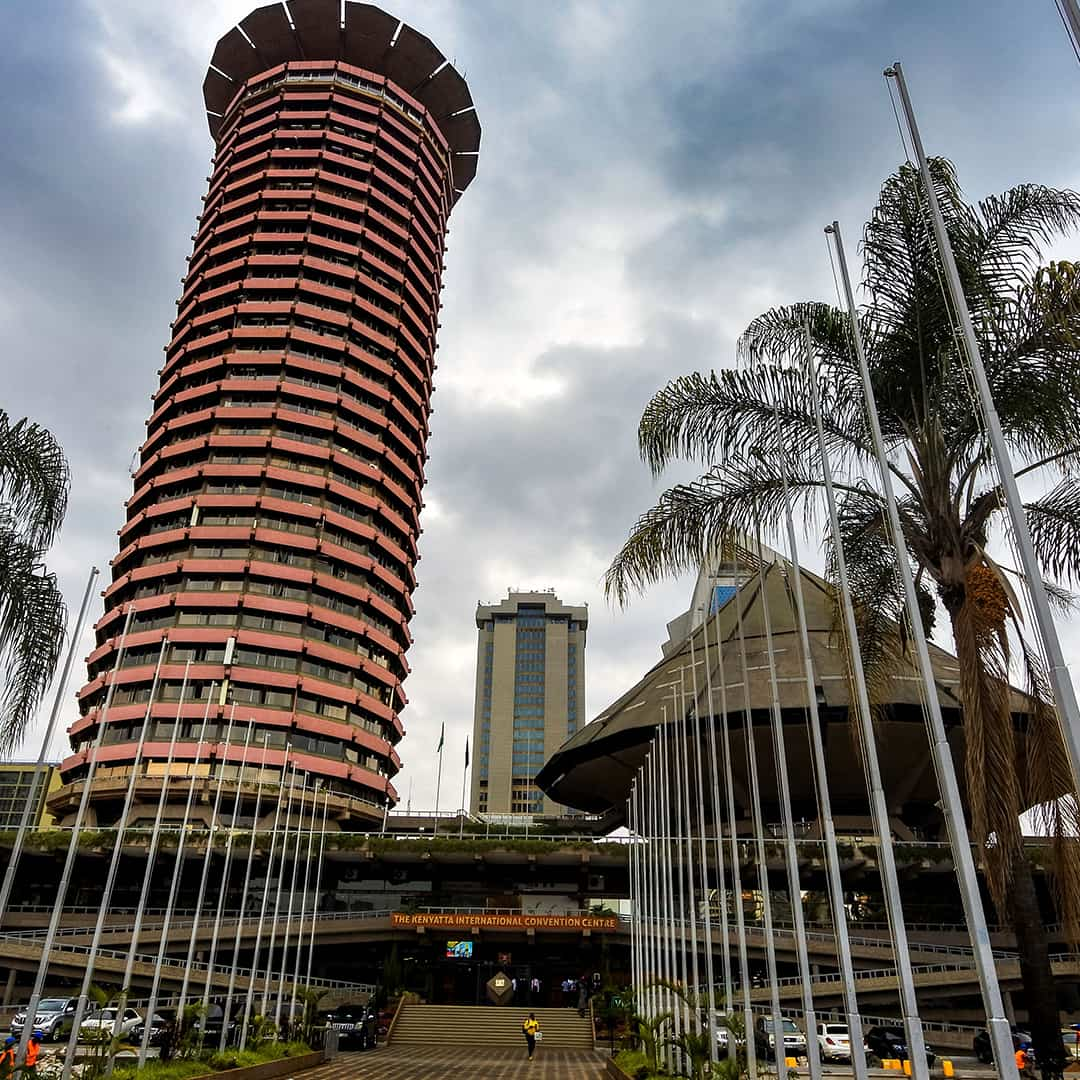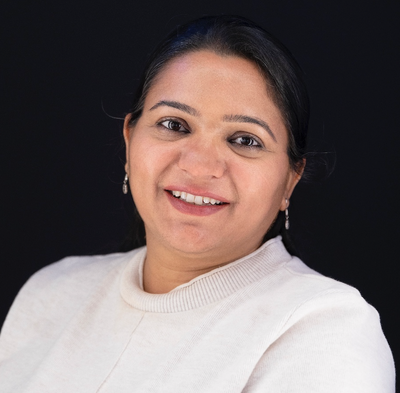Why leadership parity in Africa is a public-health necessity
WomenLift Health's efforts in healthcare space have ensured that more women have a seat on the table.

Founded in 2019, WomenLift Health exists to close the leadership gap for women in global and public health — expanding the power and influence of talented women leaders who can drive systemic change. In Africa, the organisation’s work has been instrumental in bringing more women to the table and ensuring continued participation of women in the healthcare space, where greater involvement of women is often linked with better health outcomes.
Explains Liberty Kituu, Senior Communications Manager for East Africa at WomenLift Health: “We have data that really speaks to how women are the majority in the health workforce, but they don’t hold leadership positions, they don’t drive policy, because they don’t sit at the table of influence.” In other words, women deliver much of Africa’s healthcare, yet remain largely absent from the spaces where strategic and financial decisions are made.
WomenLift Health is on a mission to shore up the representation of women in this space and increase their influence in decision-making too. Women make up roughly 70 per cent of the global health workforce, yet occupy only about a quarter of senior leadership positions. Studies by Women in Global Health and the World Health Organization (WHO) Secretariat confirm that the higher one climbs up the health hierarchy, the more women drop out of the pipeline, a pattern often referred to as the “leaky pipeline”.
This imbalance, Liberty notes, distorts policy priorities and weakens outcomes. “If we have men making decisions that impact 90 per cent of frontline health workers, then it’s very uneven,” says Liberty, who joined WomenLift Health in 2022 and now oversees communications across six East African countries: Kenya, Uganda, Rwanda, Tanzania, South Sudan and Ethiopia.
WomenLift Health has been following a strategic and layered approach to help more women get a seat on the table. At the individual level, it focuses on building confidence, skills, networks, and voice. At the institutional level, it works with organisations, right from ministries and hospitals to NGOs and research institutes, to create environments that support women’s advancement. At the societal level, it uses storytelling and advocacy to shift the cultural narratives that shape what leadership looks like.
Breaking systemic barriers
For Liberty, the greatest hurdles to women’s advancement are deeply embedded in both culture and system. “We’re living in a very patriarchal society, and we have inherent barriers that have been embedded into our culture and system of work,” he says. These include long-standing gender stereotypes and workplace norms that limit women’s visibility and access to opportunities. But he is equally clear that men must be part of the solution. “We are big on allyship,” he adds. “How can men create space intentionally for women leaders to lead?”
His call echoes the findings of a 2024 WomenLift Health evaluation report, which highlights male allyship as one of the most powerful levers to accelerate gender equality in health leadership — not as performative support, but as structural change that re-balances power.
Building leaders, transforming systems
WomenLift Health’s flagship Leadership Journey is a 12-month programme that brings together mid-career women across public health, policy, research and philanthropy, providing mentorship, coaching and a peer network. According to the 2024 evaluation, by early 2024 the organisation was operating across three regional hubs (East Africa, India and North America) with an ambition to scale further. These fellows not only strengthen their own leadership capacity but also act as catalysts for institutional reform, ensuring that change cascades across the organisations they serve.
Liberty points to the story of Dr Jacqueline Kitulu, who entered the programme as Secretary-General of the Kenya Medical Association and recently became President of the World Medical Association, a role traditionally dominated by men. Another graduate identified a gap in post-natal care for teenage and young mothers in public hospitals and developed a checklist that was adopted by Kenya’s Ministry of Health as national policy. Within two months, the initiative had reached more than 400 young women, providing them with counselling on family planning and maternal health. “It’s not just who leads, but how they lead that matters,” Liberty says. “These women are proving that inclusive leadership delivers tangible public-health outcomes.”
The power of storytelling
As a communicator and former journalist, Liberty is passionate about the role of media in normalising the presence of women in leadership. “Storytelling is a powerful catalyst for change,” he says. “Women leaders do so much in the health spectrum, but their stories are rarely heard.” WomenLift Health has made storytelling an essential pillar of its advocacy, partnering with regional media houses to amplify voices of women leaders and shift public perceptions.
Liberty notes, however, that visibility must go beyond tokenism. “Sometimes when producers need a subject-matter expert to discuss anaemia or non-communicable diseases, the first person they think of is a man,” he observes. “We need to move from tokenism to visibility that truly reflects competence and impact.” The goal, he says, is to challenge entrenched biases including the notion that women are “never ready” — and to build a culture where women experts are recognised as authoritative and indispensable voices in health discourse.
A call to action ahead of WHX Nairobi
As health leaders gather for WHX Nairobi, Liberty’s message is unequivocal: “Gender-equitable leadership is not a side issue, and it’s not a women’s issue, it’s a global issue.” Inclusive leadership, he argues, is central to building resilient and responsive health systems. The pandemic underlined this truth: women were the backbone of frontline response, yet largely absent from recovery decision-making. “When women lead, better health follows and communities thrive,” he says. “We need to invest in women, not as tokens or beneficiaries, but as partners in shaping global and public health.”
His hope is that the discussions in Nairobi, which will bring together policymakers, the Kenyan Ministry of Health and international development partners, become a “boiling point for advocacy” that cements gender-equitable leadership as a pillar of health-system resilience.
Why it matters
The evidence is unequivocal. Research published in journals and reports such as the WHO’s Delivered by women, led by men: A Gender and Equity Analysis of the Global Health and Social Workforce shows that whilst women represent about 70 per cent of the global health and social workforce, they hold only about 25 per cent of senior leadership roles. The cost of this leadership gap is not merely moral, it undermines system efficiency, equity and effectiveness.
For WomenLift Health and Liberty, the solution lies in recognising leadership diversity as a performance imperative. Building gender-balanced leadership is not about fairness alone, it is about designing health systems that work for everyone.
The progress of women in health leadership is real but uneven. “The only thing that’s needed is for women to be given an opportunity to lead,” he says. It is a reminder that leadership parity is a public-health necessity.

WHX Nairobi
Sep 2, 2026 TO Sep 4, 2026
|Nairobi, Kenya
Join us at WHX Nairobi—East Africa's #1 healthcare event. WHX Nairobi unites thousands of healthcare professionals under one roof to learn, trade, and network. It provides a platform to showcase healthcare innovations, attract investment, and position Kenya as a regional medical hub.


